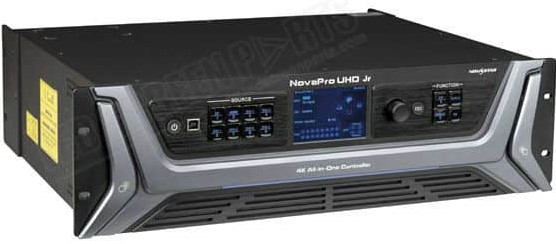In the entire small-pitch LED system, the quality of the LED chip is closely related to performance, high stability, reliability, low brightness, high gray and high brush. Therefore, it puts forward the following three higher requirements for LED chips.
There Are More Stringent Requirements For The Dead Lamp Rate Of LED Lamp Beads
Because the industry standard for the deadlight rate of traditional LED displays is 1 in 10,000, and the density of the lamp beads for small-pitch displays is higher, the deadlight rate for small-pitch displays needs to be controlled at 1 / 100,000 or even one million One-half can meet the needs of long-term use. Otherwise, after a period of time, the dead light will fill the entire screen, making it unacceptable to users. Therefore, such a severe dead LED lighting rate places higher requirements on the quality control system of LED chip factories.
There are two commonly used evaluation indicators in the field of LED chips: 1. “Electrostatic discharge” refers to the ability of the chip to not be damaged under electrostatic shock. As the number of LED chips used in small-pitch display screens has grown exponentially, in order to achieve a severe deadlight rate of one hundred thousandth or even one millionth, the chip must pass the full test of ESD 2000v to Maximum guarantee that each one will not be penetrated by static electricity. 2. “Reverse leakage current”, the smaller the leakage current of the LED chip, the higher its reliability, the longer the usable life, and the less likely it is to die. At present, the highest standard for this parameter in the industry is less than 0.05uA@-12V, and only a few chip manufacturers can do it, so strict enforcement is even less.
How Do LED Chips Improve The Response To High Refresh Rate
Small-pitch LED displays have higher refresh rate requirements than conventional displays due to the needs of some cameras and shooting. Therefore, the higher the refresh frequency, the higher the requirement for the tolerance of the LED chip under high-frequency pulse current. For a display screen made of an existing common chip, a higher refresh rate will cause various inconsistent abnormal displays in the future. Therefore, when responding to high refresh, LED chips strip not only need to have the shortest response time, but also need to turn on a capacitor with higher consistency and a fast and always off time.
How Do LED Chips Achieve Small-Pitch, Low-Brightness And High-Gray Display Requirements?
As the requirements of today’s users for small-pitch products are no longer higher than others, they are lower than others. Compared to someone’s display, you can reduce the brightness without losing grayscale and picture quality. Therefore, in order to achieve low brightness and high gray, in addition to using high-performance driver ICs, small-pitch LEDs are critical to LED chips.
In order to ensure a good display effect, the small-pitch LED display has a clear requirement for the total brightness per unit area. The increase in the number of bit area chips means that the brightness of a single LED chip needs to be reduced in the same proportion. The overall brightness of the LED display is generally achieved by adjusting the driving current of the LED chip. In some environments with small pitch LEDs, the forward current of the LED chip has been reduced to 1 mA or even 0.5 mA or less. This requires that the brightness and wavelength of the RGB tri-color chip must be relatively consistent under low-current operation, and that the brightness and wavelength of the RGB tri-color chip must be basically consistent when adjusting the operating current. , Otherwise there will be Huaping phenomenon.
Our Website : https://www.ledscreenparts.com/
Whatsapp On : +86 133 1654 1431
Hotline : 86 0755-23591491
Email Us : sales@ledscreenparts.com







